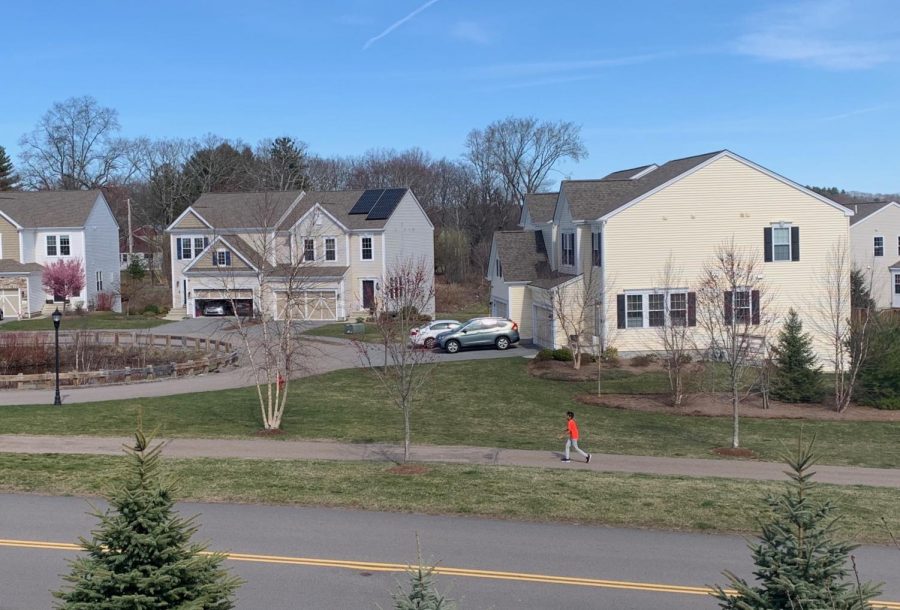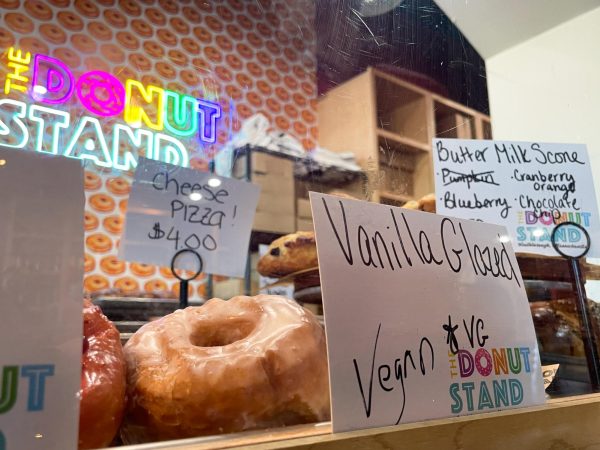Social Distancing: Is it Working?
Person practicing social distancing
The purpose of social distancing is to flatten the curve of patients admitted to hospitals due to COVID-19. In this way, medical resources and staff will be less strained when dealing with the pandemic.
When President Trump announced an additional 30-day guideline for coronavirus, he also stated that Americans should be prepared for a “tough two weeks ahead.”
In a report published in September 2019 by Johns Hopkins Center for Health Security, the experts predicted that governments would use social distancing, strict quarantines, and limits on travel as weapons against biological global threats. However, it was also mentioned that not enough is known to measure the effectiveness of these procedures. The report described that these policies would be better enforced in authoritative regimes rather than democracies.
Regardless, many states have been bunkering down on these policies and enforcing stay at home advisories.
In Massachusetts, non-essential businesses and schools have been closed and people have been asked to stay at home.
According to projections published by Massachusetts Gov. Charlie Baker’s administration, coronavirus cases in the state could range from 47,000 to 172,000, which is respectively 0.7% to 2.5% of the state’s population.
On April 2nd Gov. Baker held a COVID-19 briefing. “Even with the best planning, we certainly expect the system will be stretched. We’re going to continue to work around the clock with our health care system and with our provider community to prepare for what will likely be a very difficult period,” Baker said.
Even with social distancing guidelines, many Massachusetts hospitals are being strained.
“Just a couple of days ago, in one 8 hour shift, I intubated 10 patients, which is more than I’ve ever done in one shift in my entire life,” Dr. Aliraja told WVCB Boston.
Interestingly, as of April 6th, data collection by Kinsa shows that many Massachusetts counties, including Middlesex County, report that influenza-like illnesses are falling below a trend line that was originally expected by the health technology company.
“Illness levels are dropping in many regions,” Kinsa stated in a note posted on their website in late March.“This does not mean that COVID-19 cases are declining. In fact, we expect to see reported cases continue to surge in the near term, but it may indicate these [social distancing] measures are starting to slow the spread.”
While Kinsa projections spark hope, a Times article stated that The Centers for Disease Control and Prevention has declined to comment when asked about the company.
There is still a ways to go before Massachusetts sees light at the end of the tunnel.
The Boston Globe reported that Massachusetts hospitals will reach their peak around April 14, and by summer the death toll will be around 1,800 lives.






